
USDT vs USDC - An in-depth Comparison between Tether and USD Coin

In the world of cryptocurrencies, stablecoins have gained significant popularity due to their ability to provide stability and reduce volatility. Among the various stablecoins available, Tether (USDT) and USD Coin (USDC) have emerged as two prominent contenders.
Both USDT and USDC are pegged to the US dollar, aiming to maintain a 1:1 ratio with the fiat currency. However, they differ in terms of their underlying technology, transparency, and issuer.
In this article, we will conduct an in-depth comparison between Tether and USD Coin to help you make an informed decision.
What are stablecoins?
Stablecoins are cryptocurrencies that are pegged to a stable asset, such as the US dollar. This provides stability and reduces volatility, making them a popular option for investors who want to avoid the fluctuations associated with traditional cryptocurrencies like Bitcoin and Ethereum.
There are two main types of stablecoins: fiat-backed and crypto-backed. Fiat-backed stablecoins, like USDT and USDC, are backed by fiat currencies such as the US dollar. Crypto-backed stablecoins, on the other hand, are backed by other cryptocurrencies.
Understanding USDT and USDC
USDT, or Tether, is a fiat-backed stablecoin that is pegged to the US dollar. It was created in 2014 and is managed by Tether Limited. USDT is the most widely used stablecoin in the cryptocurrency market, with a market capitalization of over $60 billion.
USDC, or USD Coin, is also a fiat-backed stablecoin that is pegged to the US dollar. It was created in 2018 by Circle and Coinbase and is managed by the Centre Consortium. USDC has a market capitalization of over $27 billion.
Both USDT and USDC are ERC-20 tokens, which means they are built on the Ethereum blockchain.
USDT vs USDC: In-Depth Comparison
While USDT and USDC are similar in many ways, there are some key differences to consider.
Technology and Blockchain Infrastructure
Both USDT and USDC are built on different blockchain networks, which play a crucial role in their functionality and operations.
USDT: Riding on the Waves of Omni Layer and Ethereum
Tether (USDT) was initially launched on the Omni Layer protocol, which operates on the Bitcoin blockchain. However, to enhance efficiency and scalability, Tether later expanded its offerings to the Ethereum blockchain using the ERC-20 standard. This move allowed for faster transactions and wider compatibility with various cryptocurrency exchanges.
USDC: The Ethereum-Based Stablecoin
USD Coin (USDC), on the other hand, is primarily based on the Ethereum blockchain. As an ERC-20 token, it benefits from the robustness and extensive developer support of the Ethereum ecosystem. The Ethereum network provides a reliable infrastructure for USDC transactions and ensures secure and transparent operations.
Issuer and Trustworthiness
The entities responsible for issuing and maintaining USDT and USDC play a crucial role in establishing trust and credibility within the cryptocurrency community.
USDT: The Controversies and Transparency Concerns
Tether Limited, a Hong Kong-based company, is the issuer of Tether (USDT). Over the years, Tether has faced scrutiny and controversies surrounding its transparency and reserves. Questions have been raised about the company's ability to fully back each USDT token with an equivalent amount of USD reserves. While Tether has taken steps to address these concerns and provide periodic audits, some investors remain cautious.
USDC: Regulated and Transparent Approach
USD Coin (USDC) is a product of Centre Consortium, a collaborative effort between Circle and Coinbase. The consortium takes a regulated and transparent approach, providing regular attestations of its USDC reserves. These attestations are conducted by independent auditors to ensure that each USDC token is backed by a corresponding amount of USD held in reserve accounts.
Supply and Market Capitalization
The supply and market capitalization of stablecoins can significantly impact their liquidity and stability.
USDT: Leading the Stablecoin Market
Tether (USDT) has been the dominant stablecoin in the market for several years. With a substantial supply of tokens in circulation, USDT has established itself as a go-to stablecoin for many cryptocurrency traders and exchanges. The market capitalization of USDT has consistently been the highest among stablecoins.
USDC: Rapid Growth and Increasing Adoption
While USD Coin (USDC) entered the market later than USDT, it has experienced rapid growth and increasing adoption. The market capitalization of USDC has been steadily rising, reflecting the growing confidence and demand for this stablecoin. The increasing support from major cryptocurrency exchanges has contributed to the expansion of its user base.
Regulatory Compliance
The regulatory landscape surrounding stablecoins is evolving, and adherence to regulatory guidelines is crucial for their long-term viability.
USDT: Regulatory Scrutiny
Tether (USDT) has faced regulatory scrutiny in the past due to concerns over its transparency, reserve backing, and potential implications for the broader cryptocurrency market. As stablecoins gain more attention from regulators worldwide, Tether's compliance measures and engagement with regulatory authorities will play a significant role in its future.
USDC: Embracing Regulatory Compliance
USD Coin (USDC) has taken a proactive approach to regulatory compliance. It has obtained licenses from various regulatory bodies, including the U.S. Financial Crimes Enforcement Network (FinCEN). By adhering to these regulations, USDC aims to provide a stablecoin that meets the compliance requirements of traditional financial systems.
Use Cases and Integration
Stablecoins offer various use cases, ranging from facilitating transactions to providing stability within decentralized finance (DeFi) applications.
USDT: Widely adopted in trading and Investments
Due to its long-standing presence and high liquidity, Tether (USDT) is widely adopted in cryptocurrency trading and investments. It serves as a bridge between traditional fiat currencies and the crypto market, enabling seamless transfers and minimizing exposure to volatile assets during trading.
USDC: Fostering DeFi Applications
USD Coin (USDC) has gained significant traction within the decentralized finance (DeFi) ecosystem. Many DeFi protocols, such as lending platforms and decentralized exchanges, have integrated USDC as a stable asset for users to access the benefits of DeFi while minimizing exposure to market volatility.
The future of USDT and USDC
The future of USDT and USDC is uncertain, but both stablecoins are likely to continue to play an important role in the cryptocurrency market. As more people become interested in cryptocurrency, the demand for stablecoins is likely to increase.
There are also a number of new stablecoins being developed, such as Diem (formerly known as Libra), which is backed by Facebook. These new stablecoins could potentially challenge the dominance of USDT and USDC in the future.
Also Read - Future of Crypto in the Next 5 Years
Risks associated with USDT and USDC
While stablecoins like USDT and USDC are less volatile than traditional cryptocurrencies, they are not risk-free. One of the biggest risks is the potential for the stablecoin to lose its peg to the US dollar. This could happen if the company behind the stablecoin does not have enough reserves to back up the tokens in circulation.
There is also the risk of fraud or hacking. While USDT and USDC are considered to be relatively secure, there have been instances in the past where stablecoins have been hacked or stolen.
USDT vs USDC: Which is better for you?
Ultimately, the choice between USDT and USDC will depend on your individual needs and preferences. If you value transparency and security, USDC may be the better option for you. However, if you are looking for a stablecoin that is widely accepted in the cryptocurrency market, USDT may be the way to go.
It is also worth considering the fees associated with each stablecoin. USDT is often cheaper to use than USDC, which could be a deciding factor for some investors.
Where to buy USDT and USDC?
USDT and USDC can be bought and sold on a wide range of cryptocurrency exchanges. Some of the most popular exchanges include Binance, Coinbase, and Kraken.
Before buying either stablecoin, it is important to do your research and choose a reputable exchange. Look for an exchange that is widely used, regulated and has a good reputation in the cryptocurrency community.
Conclusion
Stablecoins like USDT and USDC have become an increasingly popular option for investors looking to mitigate volatility in the cryptocurrency market. Both stablecoins have their advantages and disadvantages, and the choice between them will ultimately depend on your individual needs and preferences. However, USDT has faced controversies and transparency concerns, while USDC takes a more transparent and regulated approach.
It is important to stay updated on the latest developments and regulatory changes surrounding stablecoins, as the cryptocurrency landscape continues to evolve. As with any investment, it is important to do your research and weigh the risks and rewards before investing in USDT, USDC or any other cryptocurrency.
If you're interested in learning more about cryptocurrency and how to invest in it, be sure to check out our other articles and resources.
Disclaimer
The information provided on this website does not constitute investment advice, financial advice, trading advice, or any other sort of advice and you should not treat any of the website's content as such.
Token Metrics does not recommend that any cryptocurrency should be bought, sold, or held by you. Do conduct your own due diligence and consult your financial advisor before making any investment decisions.

.svg)

Create Your Free Token Metrics Account

.png)




%201.svg)
%201.svg)


%201.svg)



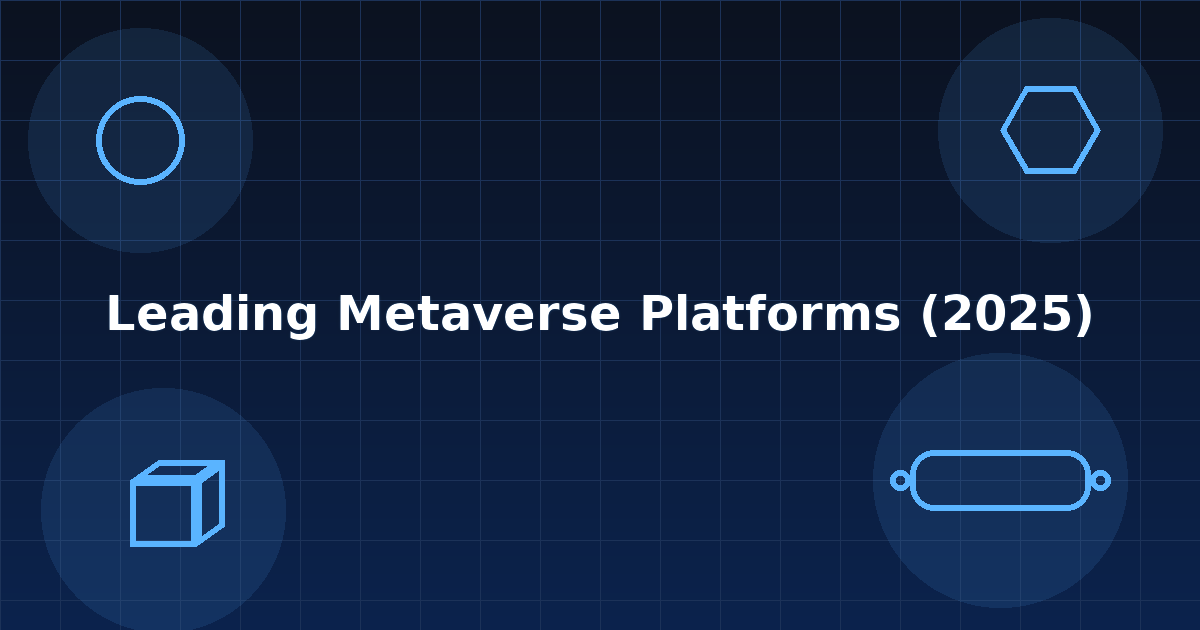


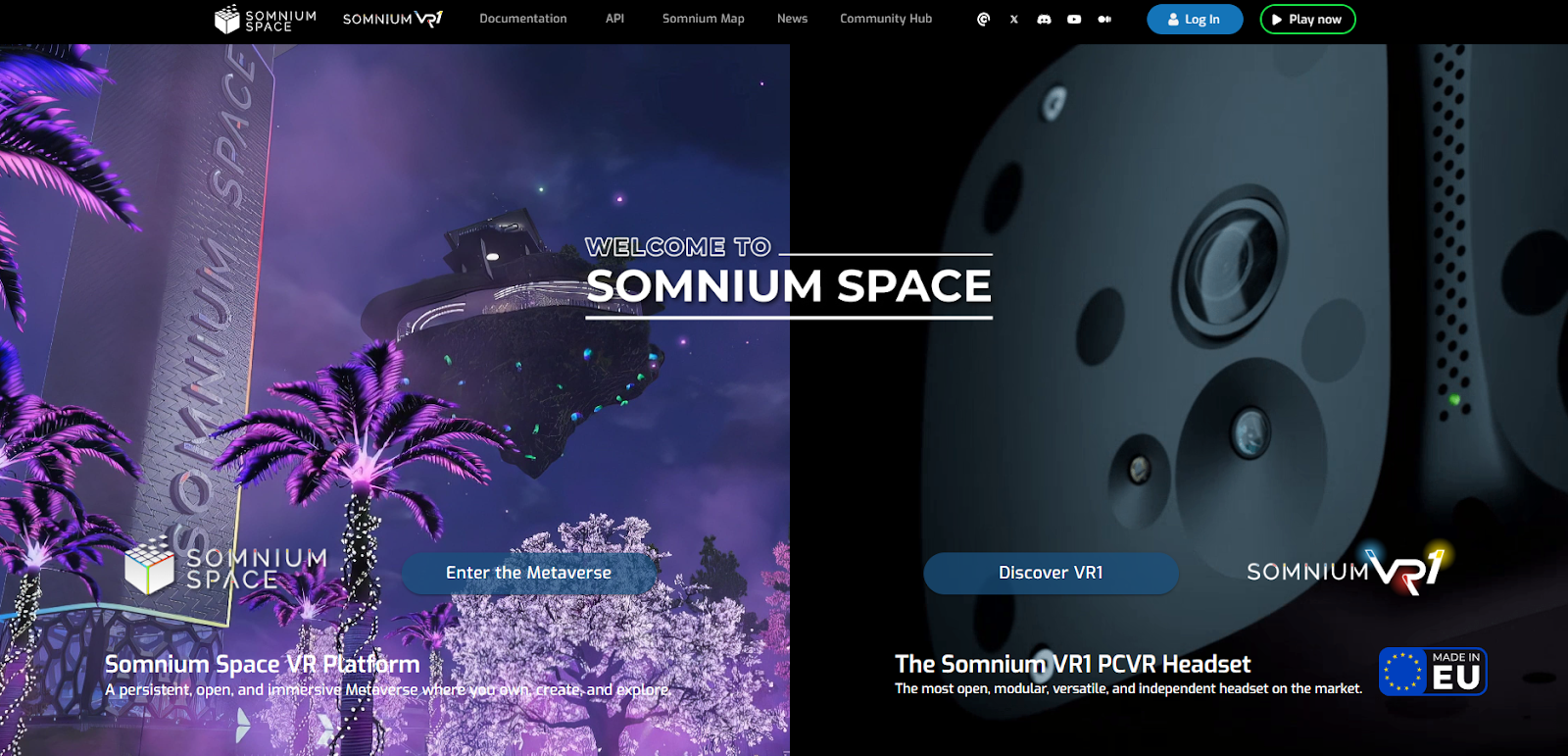

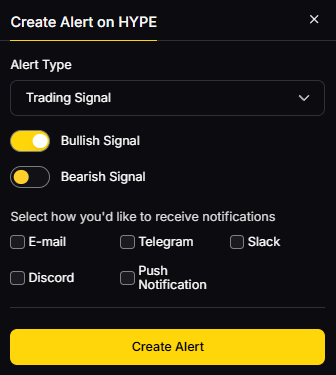

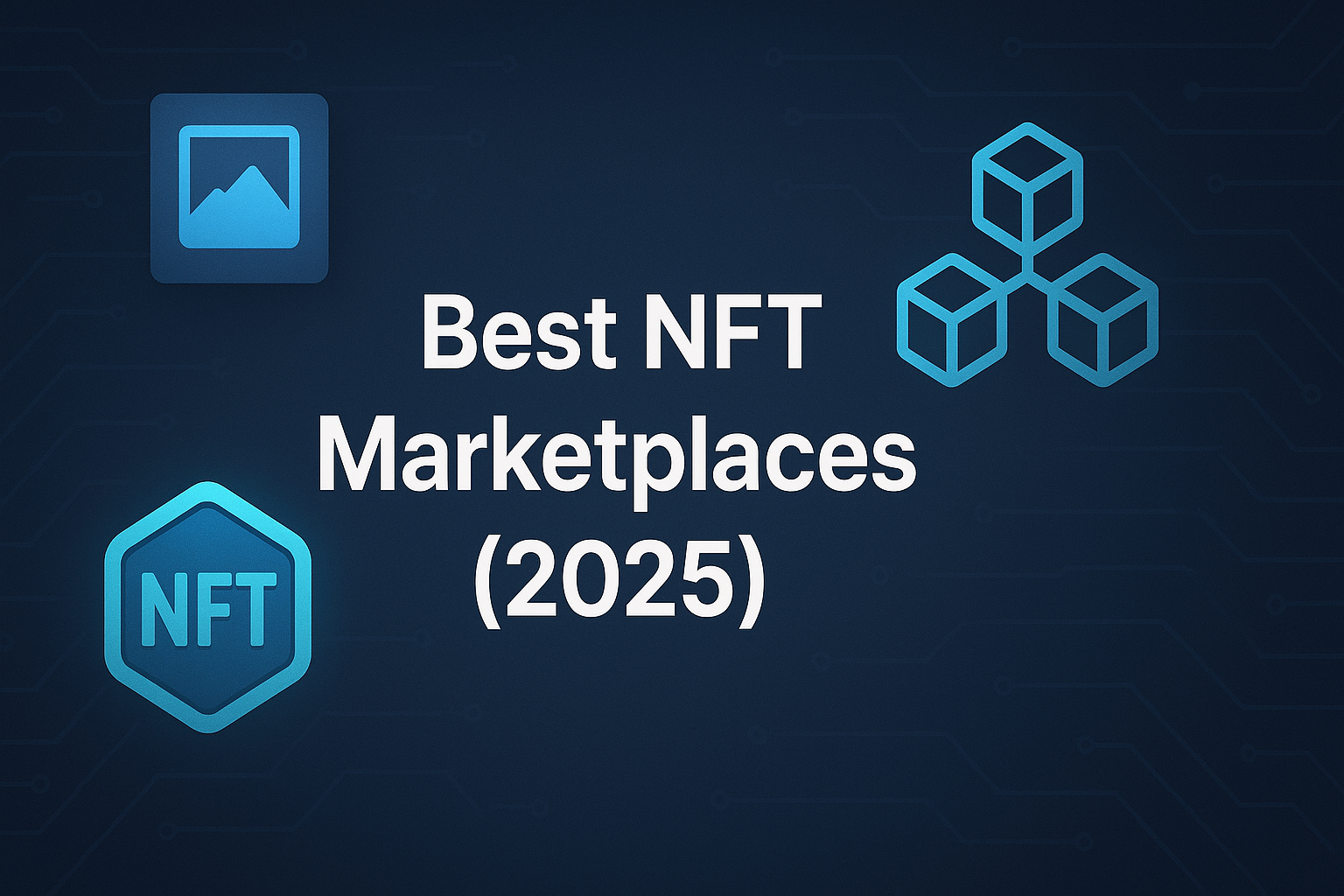
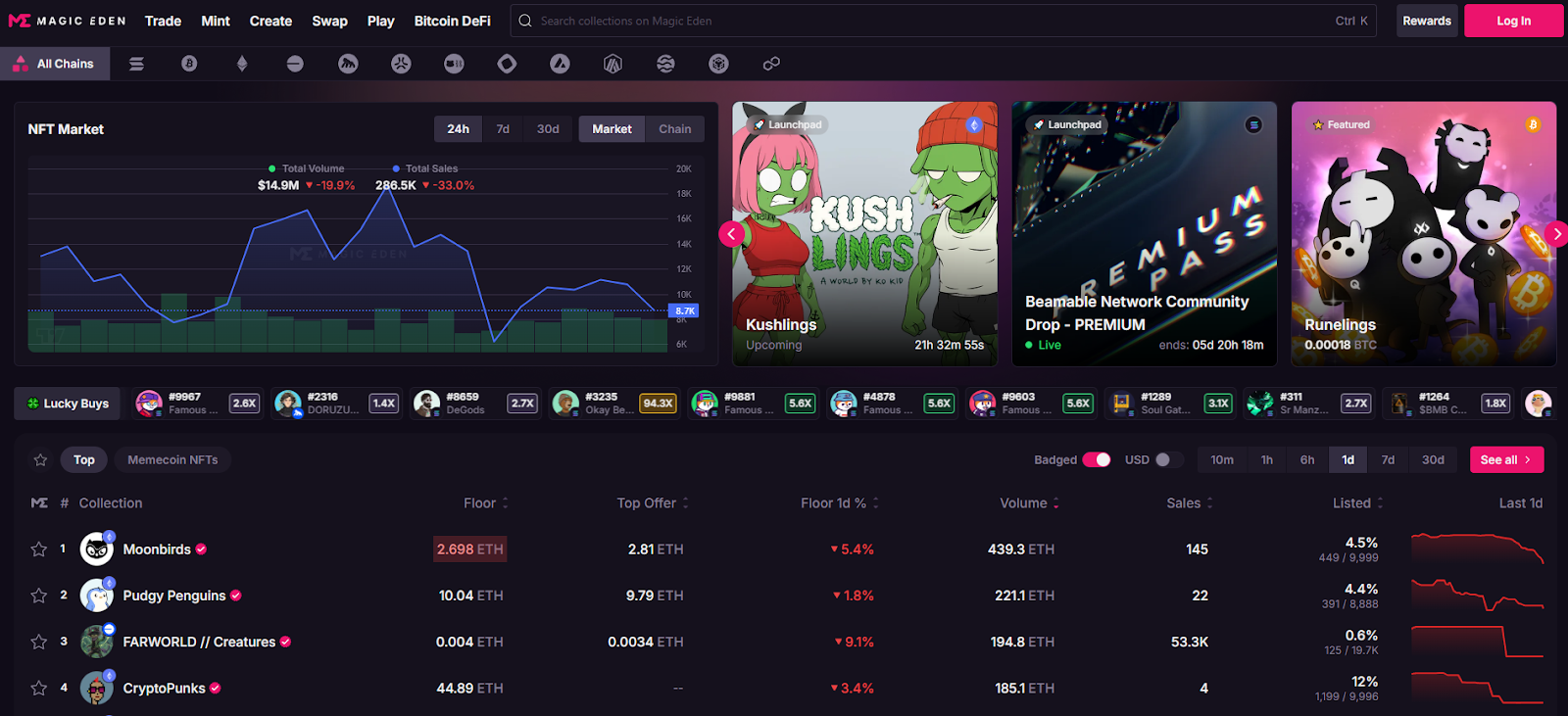
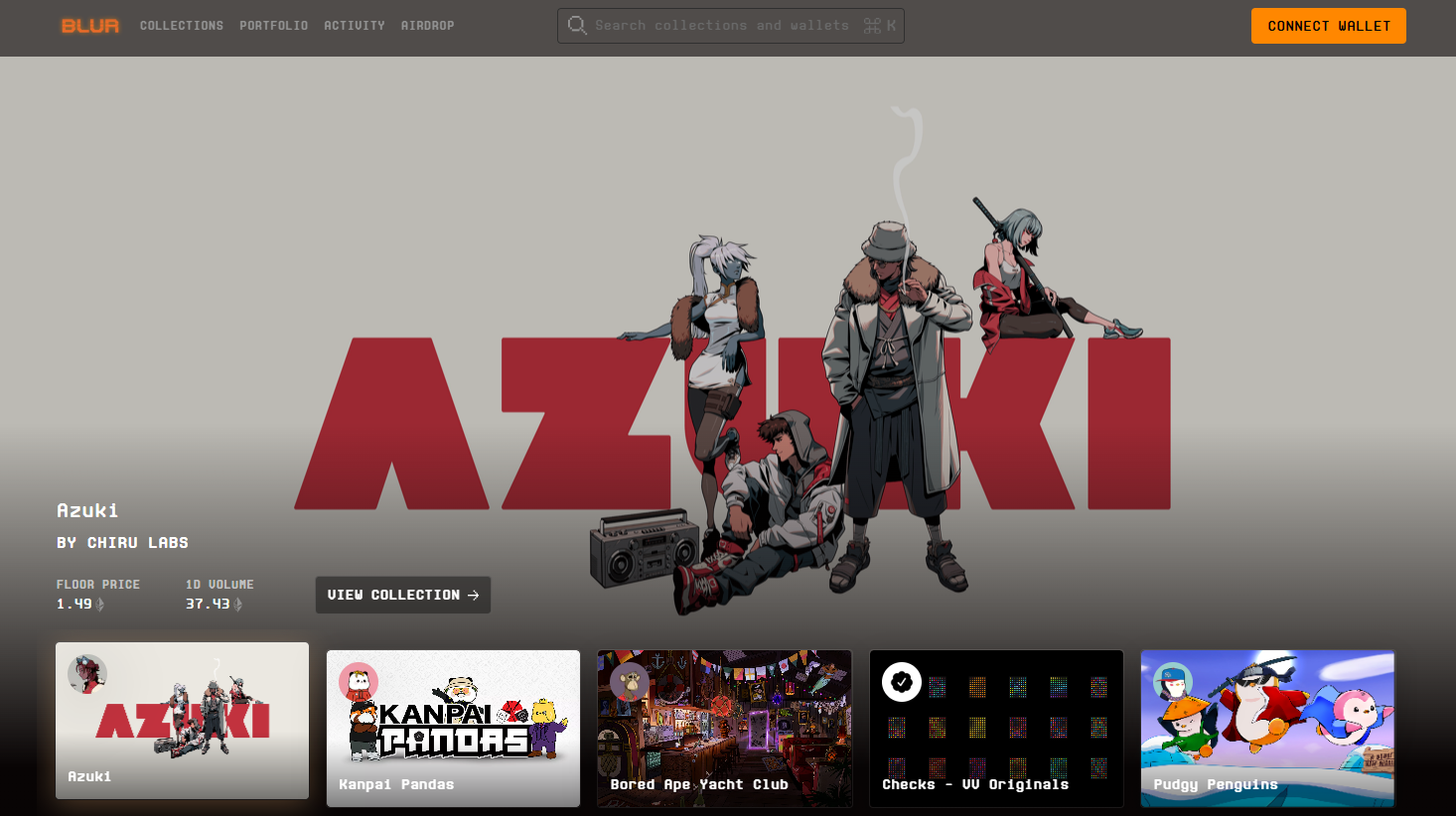

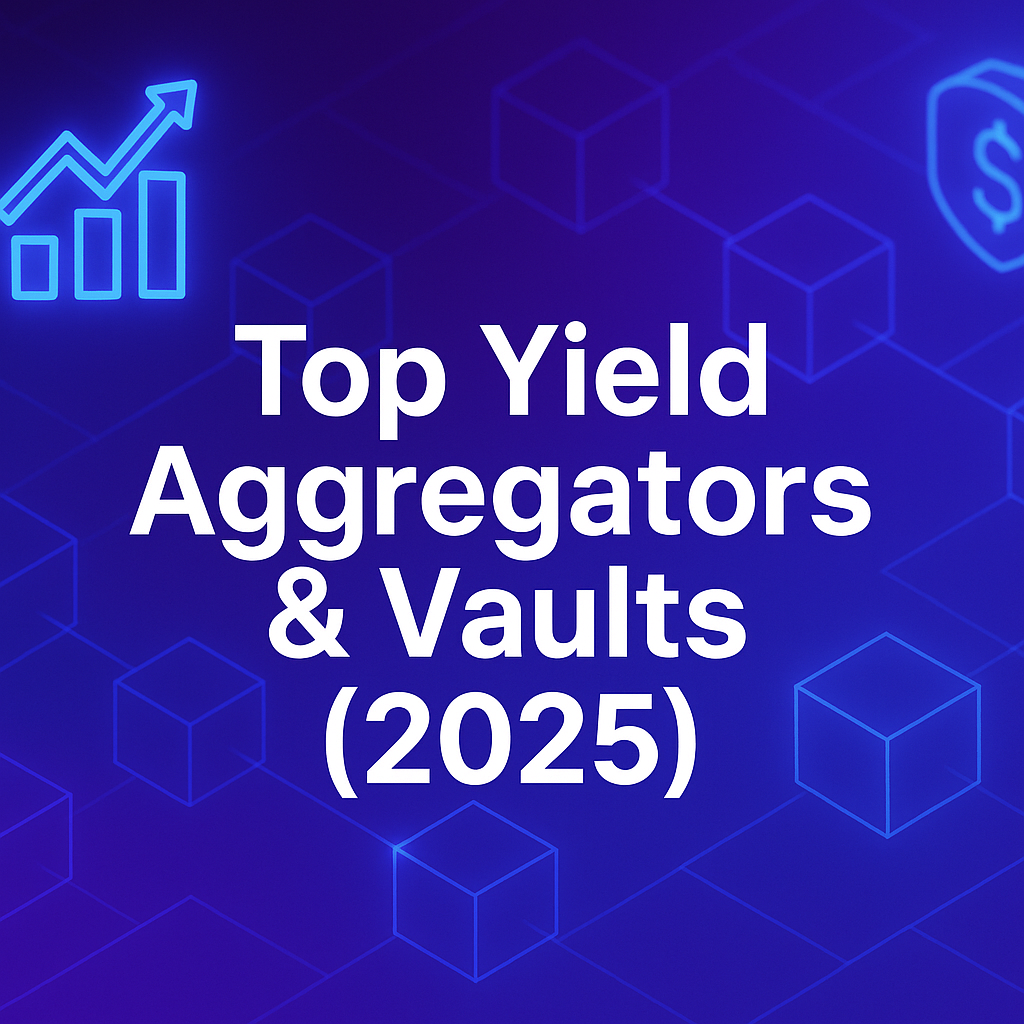
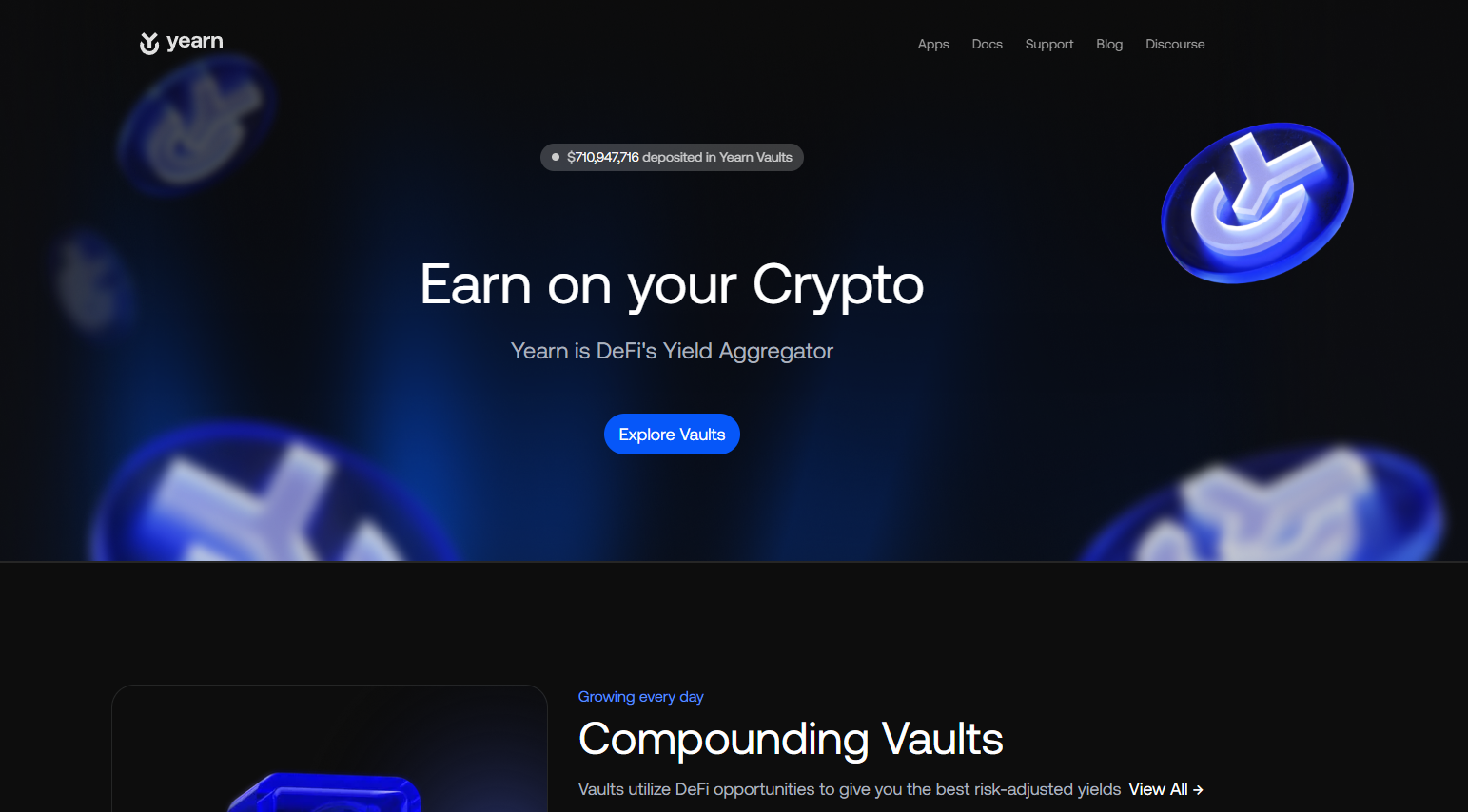
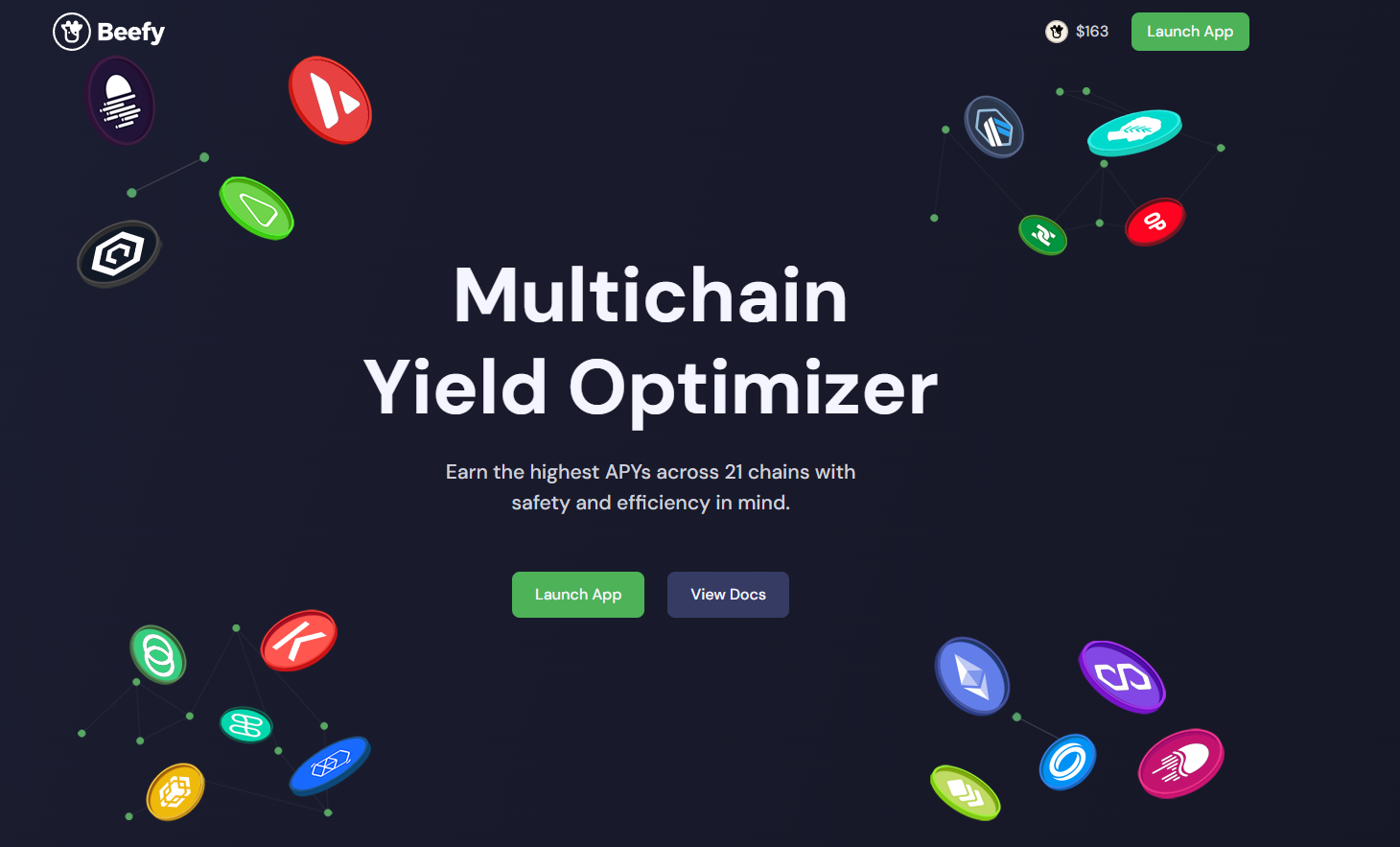
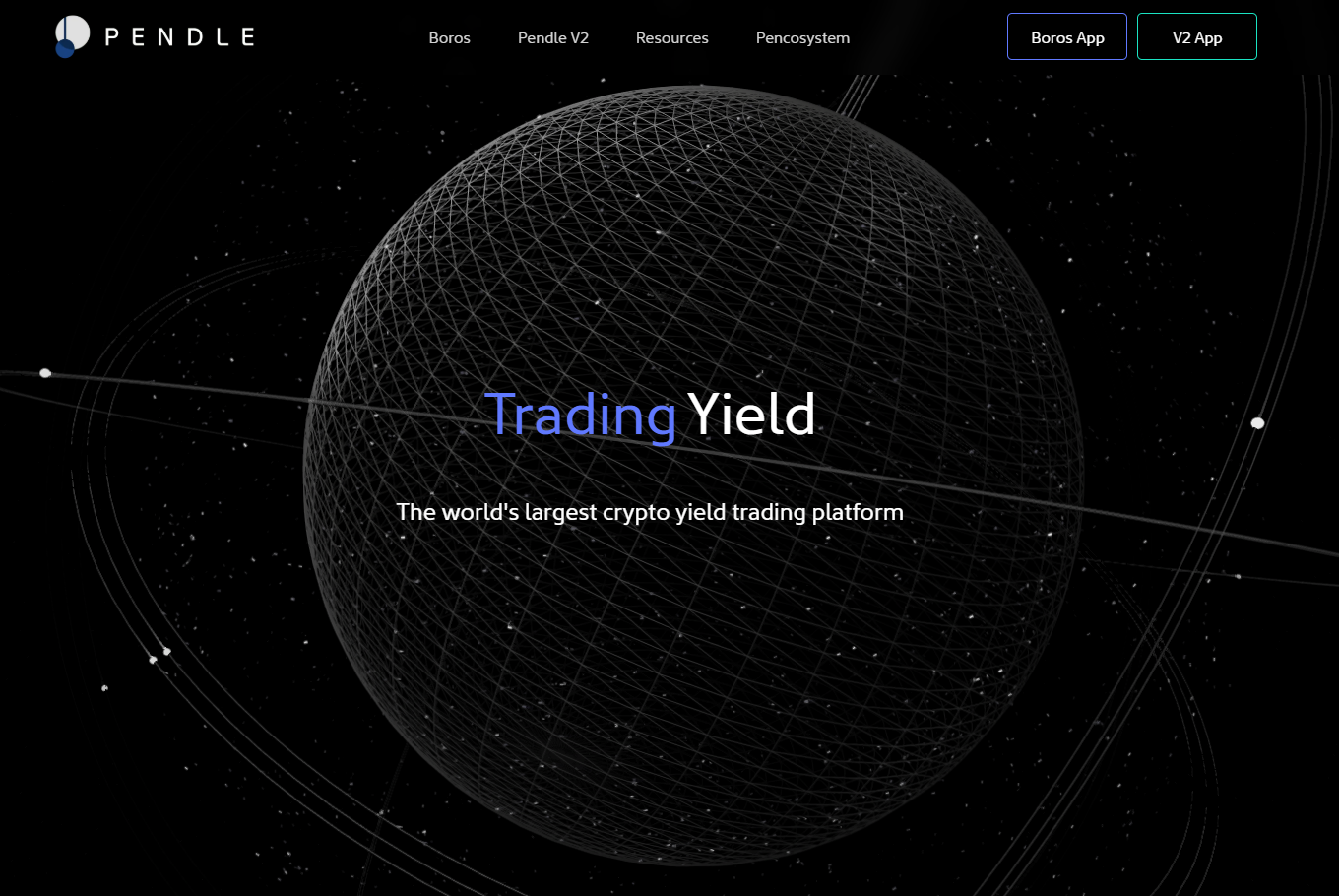




.svg)




.png)